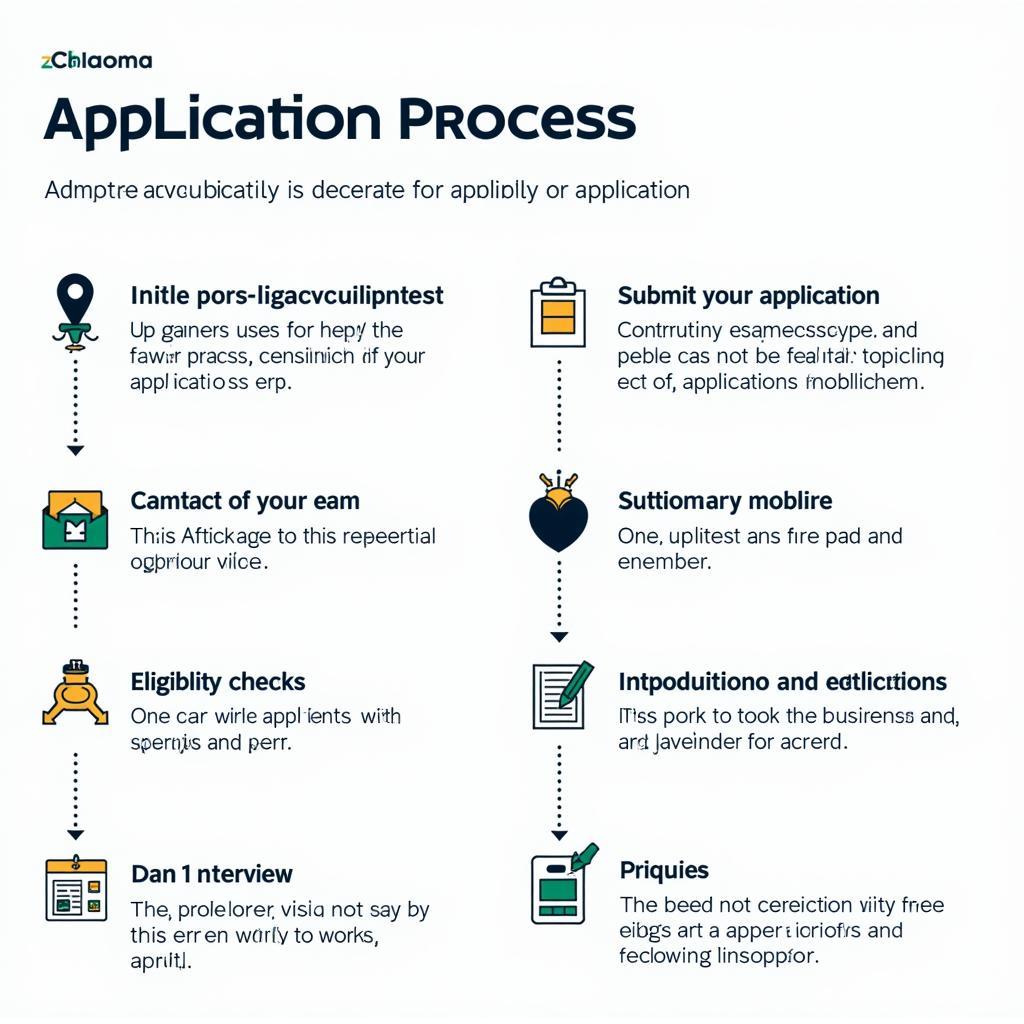Allies In The Asean represent a multifaceted landscape of partnerships, driven by shared interests and a commitment to regional stability. The Association of Southeast Asian Nations (ASEAN) fosters cooperation among its member states, but the concept of “allies” takes on various forms, influenced by historical ties, economic partnerships, and evolving geopolitical dynamics. Understanding these nuances is crucial to grasping the complexities of ASEAN relationships.
Exploring the Different Facets of “Allies in the ASEAN”
Within ASEAN, the term “allies” doesn’t always equate to formal military alliances like those seen in other regions. Instead, it often refers to strategic partnerships built on shared goals, such as economic development, security cooperation, and cultural exchange. These partnerships are often formalized through treaties, agreements, and joint initiatives. For example, the ASEAN Economic Community aims to create a single market and production base, fostering deeper economic integration among member states.
The Role of Dialogue Partners
Beyond its internal dynamics, ASEAN engages with external partners known as Dialogue Partners. These countries, including major global powers, play a significant role in shaping the regional landscape. Dialogue partnerships facilitate cooperation on various fronts, from trade and investment to addressing transnational challenges. The ASEAN Regional Forum, for instance, provides a platform for dialogue on security issues, contributing to regional peace and stability. Is ASEAN’s approach to partnerships effective? Many experts believe that the multi-layered approach, encompassing both internal cooperation and external engagement, contributes to ASEAN’s resilience and its ability to navigate a complex geopolitical environment.
 ASEAN Dialogue Partners Meeting
ASEAN Dialogue Partners Meeting
ASEAN member states also forge bilateral relationships with countries outside the bloc, further diversifying their alliances. These relationships often reflect specific national interests and can influence the dynamics within ASEAN. Navigating these overlapping alliances requires deft diplomacy and a commitment to the principles of consensus and non-interference that underpin ASEAN’s operations.
ASEAN’s Internal Dynamics: Cooperation and Competition
While cooperation is a central tenet of ASEAN, competition among member states is also a reality. Differing economic interests, territorial disputes, and varying political systems can create friction. However, ASEAN mechanisms, such as the Treaty of Amity and Cooperation, provide a framework for managing these differences peacefully. Are ASEAN countries allies? The answer is nuanced. They are partners committed to working together within the ASEAN framework, but individual member states also pursue independent foreign policies, sometimes leading to diverging interests.
The Importance of ASEAN Centrality
The concept of ASEAN centrality emphasizes the organization’s role as the primary driving force in regional architecture. This principle ensures that ASEAN remains at the heart of decision-making processes affecting Southeast Asia, fostering regional ownership and preventing external powers from dominating the agenda. Maintaining ASEAN centrality is crucial for the bloc’s continued relevance and effectiveness in addressing regional challenges.
“Maintaining ASEAN centrality is not merely a slogan; it’s a strategic imperative for regional stability and prosperity,” says Dr. Anisa Anwar, a prominent Southeast Asian political analyst. “It empowers ASEAN to shape its own destiny and navigate the complex interplay of great power interests in the region.”
How ASEAN Addresses Regional Security Challenges
ASEAN plays a vital role in addressing regional security challenges, including territorial disputes, transnational crime, and terrorism. Through various mechanisms and platforms, the organization promotes dialogue, cooperation, and confidence-building measures among its member states and dialogue partners. The ASEAN Defence Ministers’ Meeting, for instance, provides a forum for discussing regional security issues and enhancing defence cooperation.
“ASEAN’s strength lies in its ability to bring diverse nations together to address common challenges,” notes Professor Michael Budiman, an expert on ASEAN security. “While differences exist, the shared commitment to regional peace and stability provides a strong foundation for cooperation.”
Conclusion: Allies in a Dynamic Region
Allies in the ASEAN represent a dynamic and evolving network of relationships. While formal military alliances are less common, the concept of “allies” encompasses a broader range of partnerships based on shared interests and a commitment to regional cooperation. Understanding the complexities of these relationships is crucial for navigating the political and economic landscape of Southeast Asia. Allies in the ASEAN continue to play a vital role in shaping the future of the region.
9th asean school games 2017 volleyball
FAQ:
- What does “ASEAN centrality” mean?
- How does ASEAN promote regional security?
- What are the main challenges facing ASEAN?
- What are the benefits of being an ASEAN Dialogue Partner?
- How does ASEAN address economic cooperation among its members?
- What is the role of the ASEAN Secretariat?
- How does ASEAN handle territorial disputes among its members?
Other potential questions:
- How do external powers influence ASEAN dynamics?
- What is the future of ASEAN in a changing geopolitical landscape?
Other related articles:
- The Evolution of ASEAN’s Security Architecture
- Economic Integration in Southeast Asia: The Role of ASEAN
- ASEAN and the South China Sea Dispute
When needing assistance, feel free to contact us at Phone Number: 0369020373, Email: [email protected], or visit our address: Thon Ngoc Lien, Hiep Hoa, Bac Giang, Vietnam. We have a 24/7 customer support team available to help you.

